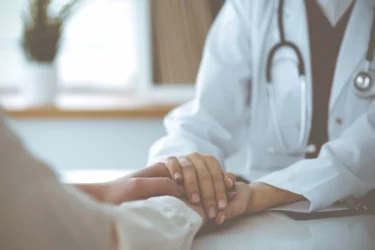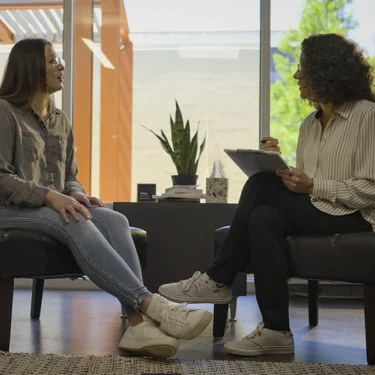The pandemic created seismic social, emotional and academic disruptions for young people.
As students return to classrooms, it’s important for adults to remember those disruptions could have a lasting effect – on elementary, middle, high school and college students. My kids are genuinely enthusiastic to return to school, but parents and educators can’t expect that return to be without challenges just because rates of infection have declined.
The pandemic may be receding, but it will have a long tail.
Think about it: some young people have spent a significant chunk of their years living through a pandemic. Social isolation, remote learning and masks are near-constant elements of their short-lived existence.
More than 2 in 5 teens have reported persistently feeling sad or hopeless, according to a Centers for Disease Control and Prevention (CDC) survey of high school students released in May. The CDC also found that 1 in 5 teens considered suicide during the pandemic.
It will take time for students, teachers and administrators to return to normalcy. So, what can we do to help them?
Let young people know it’s normal to have feelings of anxiety when changes happen. Let them know it’s normal to have feelings of anxiety or sadness when we lose something important to us.
Feelings of sadness or anxiety are not hallmarks of wellbeing, but neither are they indications of mental illness unless they are persistent, frequent and impair our ability to do what we want to do and need to do in our lives.
When anxiety and depression are severe to the point of a mental illness, there are effective treatments available to choose from. That’s why we must continue to destroy the stigma surrounding mental health and substance use challenges and the need for care. Young people care deeply what people their own age think. Chipping away at the fear and discrimination that prevents people from seeking treatment will help eliminate a significant barrier to access.
It’s also important that young people understand the value of connection. Encouraging them to take that first step to reach out and get help or to help someone else often can alleviate immediate feelings of anxiety and depression.
Through connecting with others, people can dramatically reduce their own grief, anxiety or depression or help others accomplish the same.
The Suicide & Crisis Lifeline – or 988 – provides people in crisis effective new avenues to call, text or chat.
As I wrote in a recent piece in The Journal of Behavioral Health Services & Research, Mental Health First Aid (MHFA) helps people expand their knowledge of signs, symptoms and risk factors of mental illnesses and addictions.
Peer-reviewed studies show that individuals trained in MHFA increases the likelihood that they will help an individual in distress and that one’s own mental wellbeing will improve.
We’ve also developed Youth Mental Health First Aid (YMHFA) for adults who regularly interact with young people. The course introduces common mental health challenges for youth, reviews typical adolescent development, and teaches a 5-step Action Plan for how to help young people in both crisis and non-crisis situations.
During Mental Health Awareness Month, observed in May, the National Council for Mental Wellbeing and Girl Scouts of the USA (GSUSA) announced a partnership to provide YMHFA trainings to Girl Scout council staff and troop leaders, supporting the Girl Scout staff, volunteers and youths.
By training local council staff leaders as certified YMHFA Instructors, we hope to equip them with vital information to better support youth mental wellbeing and address common youth mental health and substance use challenges.
teen Mental Health First Aid (tMHFA) teaches teens in grades 10-12, or ages 15-18, how to be a supportive friend and encourage their friends to seek help so they can avoid a mental health or substance use challenge or crisis. That includes knowing when to get a parent or trusted adult involved.
We have so many resources to help young people address feelings of anxiety or depression, so let’s not fail them. Making their mental wellbeing a priority sooner rather than later will help them succeed throughout the new academic year and beyond.
If you’re experiencing a mental health crisis, call the Suicide & Crisis Lifeline at 988. The previous Lifeline phone number (1-800-273-8255) remains available to people in emotional distress or suicidal crisis. The hotlines are available 24 hours per day.




